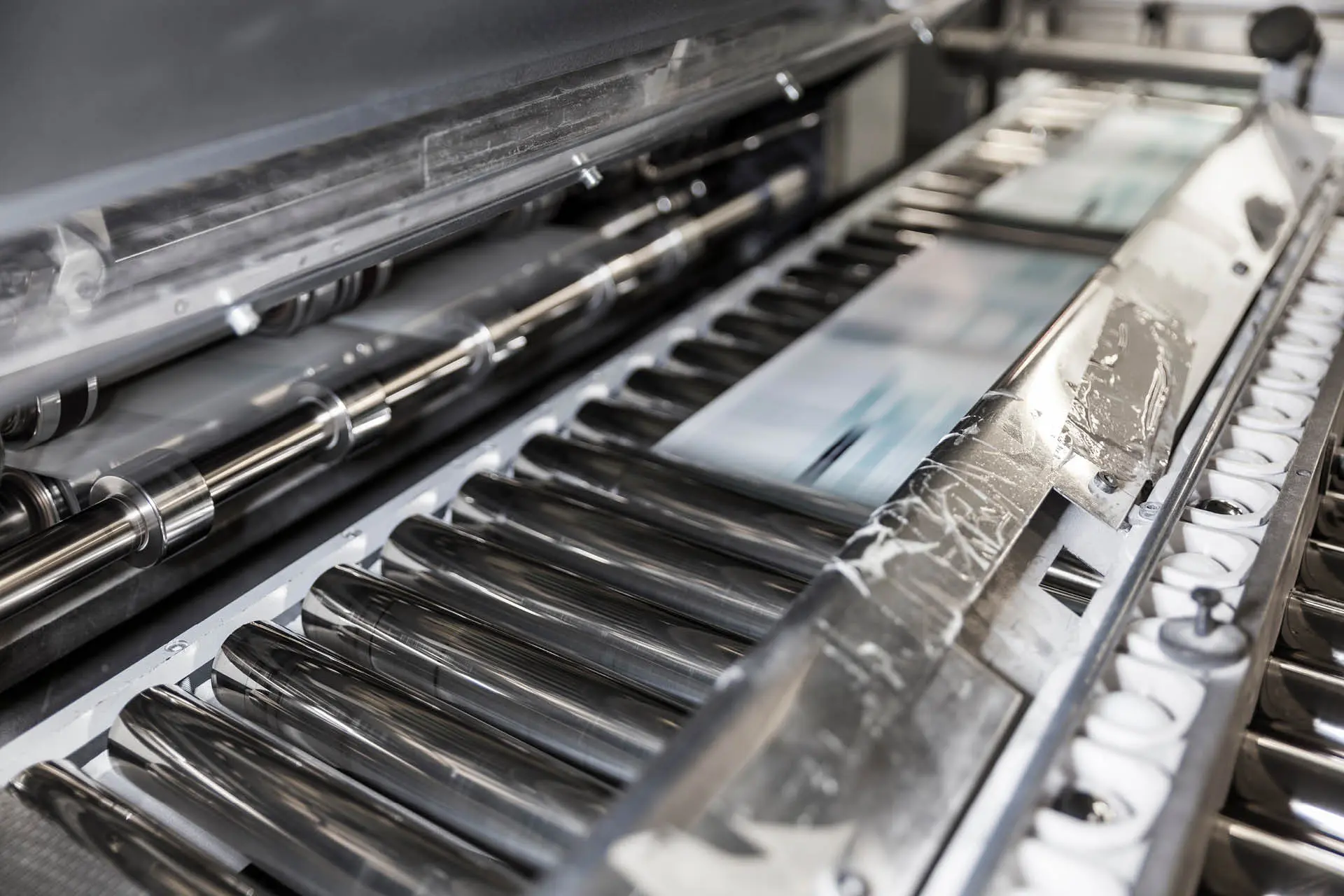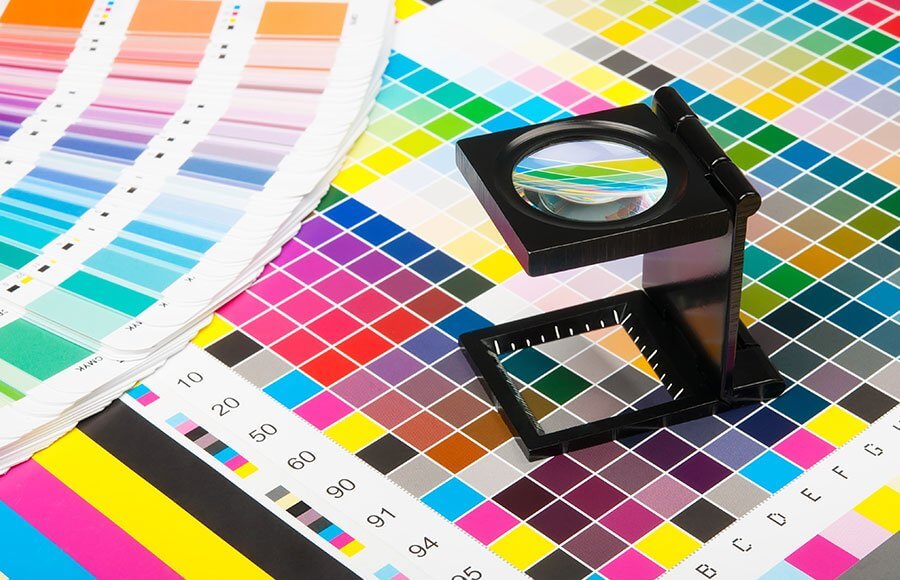Pro Tips for Getting the Most Out of litho printing
Pro Tips for Getting the Most Out of litho printing
Blog Article
A Comprehensive Guide to Understanding Litho Printing Techniques
The world of litho printing, a strategy originating from the late 18th century, is a remarkable blend of history, scientific research, art and innovation. Stay with us as we trip into the captivating world of litho printing.
The Historical Evolution of Litho Printing
The historical trajectory of litho printing, a pivotal technology in the realm of communication, is an exciting tale of human ingenuity. The procedure developed with the advent of the rotating press, which substantially raised efficiency. Each stage of litho printing's evolution showcases humankind's relentless search of efficiency and quality in aesthetic interaction.
Translating the Science Behind Litho Printing Inks
Moving on in the exploration of litho printing techniques, the focus now changes to the science behind litho printing inks. The composition of these inks, their drying process, and shade mixing methods create the backbone of this intricate art kind. Understanding these components is critical to understanding the craft and accomplishing the preferred print outcomes.
Composition of Litho Inks
In lithographic printing, the essential role of litho inks can not be overemphasized. The make-up of litho inks varies depending on its function, however usually, they contain 2 primary components - cars and pigments. Pigments, the color-providing elements, are finely ground particles suspended in the automobile, a liquid that carries the pigment onto the printing surface. The vehicle is a complex mixture of oils, solvents, and resins, which influence the ink's drying out time, adhesion, and gloss. Additionally, various ingredients exist to improve specific residential properties like circulation, drying out, and resistance to environmental effects. Each element plays a crucial part in the final print's high quality, making the precise formulation of litho inks an elaborate scientific research.
Ink Drying Process
From the composition of litho inks, attention transforms to the fascinating process of ink drying. The drying procedure is critical, as it affects the final print's top quality and long life. 2 main techniques are used in litho printing: oxidative drying and absorption. Oxidative drying includes the ink responding with oxygen airborne to create a difficult, completely dry movie. This method gives a resilient finish, but can be slower contrasted to absorption. Absorption, on the other hand, involves the ink leaking into the paper fibers, which is a much faster process however can bring about much less vibrant colors. The option between these techniques is reliant upon variables such as print rate demands, the paper type made use of, and the wanted surface.
Shade Mixing Techniques
While the drying procedure plays a crucial role in litho printing, the scientific research of color blending methods holds equal relevance. The scientific research behind litho printing inks also takes into account the transparency of the ink, which influences exactly how colors overlay and mix.
The Art and Design Elements in Litho Printing
Litho printing breathes life right into art and design via its distinct elements. The procedure entails producing a picture on a lithographic limestone plate or metal plate with a smooth surface. The picture is then printed onto a tool, normally paper, by transferring the ink from the plate. What collections litho printing apart is its ability to reproduce elaborate styles with high fidelity, making the output nearly similar to the original artwork. This is attained with making use of different line methods such as stippling, cross-hatching, and hatching, which permit a variety of tonal impacts. In addition, litho printing accommodates a range of colors, enabling artists to create dynamic and lively prints. This combination of precision and convenience makes litho printing a favored option for lots of artists and developers.
Modern Applications of Litho Printing Techniques
Litho printing strategies have located considerable use in the contemporary industrial industry. Its impact and importance continue to grow with the arrival of brand-new advancements and technologies in the field. This section will discover these contemporary applications and the transformative function they play in the printing market.
Business Litho Printing Uses
In today's electronic age, one may wonder about the relevance of conventional printing approaches. Yet, litho printing stays an important part of the industrial industry. High-volume printing jobs, such as the production of publications, papers, and packaging, depend on litho printing for its capability to deliver exceptional photo quality and cost effectiveness. The procedure, which includes transferring a tattooed image from a plate onto a rubber blanket and afterwards to the printing surface area, supplies unparalleled consistency. This makes it optimal for tasks needing a large print run. Litho printing also supplies a wide color range, above that of i thought about this electronic printing. This makes it the best choice for tasks that require lively, high-quality color reproduction.
Developments in Litho Printing
Pushing the borders of standard techniques, modern-day improvements have actually sustained a host of advancements in litho printing. These breakthroughs have not just improved the quality and performance of litho prints but additionally broadened its application scope. One famous advancement is electronic litho printing, which integrates the virtues of digital modern technology with litho's high-grade output. This hybrid model uses faster setup times, lowered waste, and allows on-demand printing. One more remarkable advancement is the introduction of eco-friendly inks. These inks, made from vegetable or soy-based solutions, have dramatically reduced the industry's environmental impact. litho printing. In addition, the growth of advanced plate technology has streamlined the printing process, causing sharper pictures and boosted shade fidelity. These developments highlight the enduring significance of litho look here printing in the modern-day world.
Exploring the Process of Litho Printing: Detailed

Challenges and Solutions in Contemporary Litho Printing

Regardless of the precision and practice that litho printing happily promotes, it is not without its collection of contemporary challenges. Digital litho printing allows for cost-effective short runs and simple customization, attending to the concern of variable information. Hence, while there are challenges, the litho printing market is proactively adapting to meet them head-on, ensuring its importance in the future.
Conclusion
In conclusion, litho printing, with its rich history and clinical intricacies, holds a considerable area in the print sector. The future of litho printing pivots on its ability to adjust to these altering demands, attesting its long-lasting value in a developing market.

Report this page